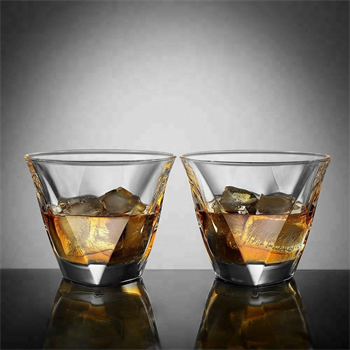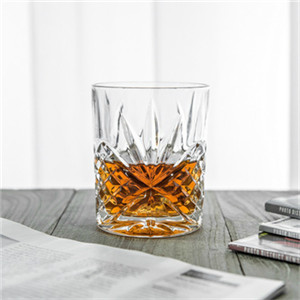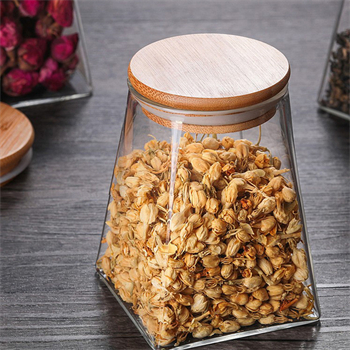Unveiling the Influence of Glassware on Whiskey Tasting
The world of whiskey tasting is a journey of flavors and aromas, and the choice of glassware plays a pivotal role in this sensory adventure. Whiskey enthusiasts understand that different glass shapes can amplify certain characteristics of the spirit, creating a dynamic tasting experience. The Tulip glass, commonly known as the Glencairn glass, remains a…










